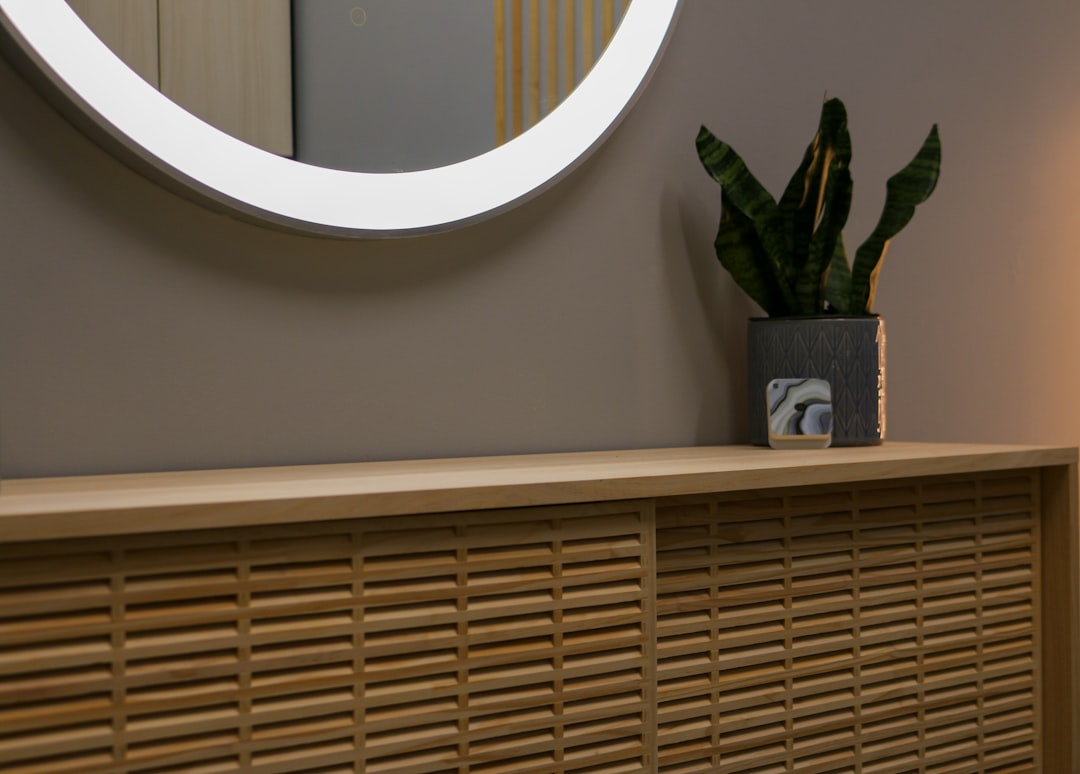Solid wall insulation is an increasingly popular topic for homeowners looking to enhance the energy efficiency of their homes. With rising energy costs and a growing focus on sustainability, understanding this form of insulation is more important than ever. Solid walls, which are commonly found in older buildings constructed before the 1920s, lack the cavity that newer homes have, making them less efficient at retaining heat. This article explores the benefits and considerations of insulating solid walls, offering insights into why it might be a viable option for your home.
Unlike cavity walls, which have a gap between two layers of brick that can be filled with insulating material, solid walls are a single layer of material. This means that they can lose heat more rapidly. By adding insulation to solid walls, you can significantly reduce heat loss and improve the thermal comfort of your home. This not only leads to a warmer living environment but also helps in reducing your heating bills and carbon footprint.
There are two main types of solid wall insulation: internal and external. Internal insulation involves fitting insulation boards to the inside walls of your home. This can be an effective way to keep heat in, but it does reduce the floor space of the rooms. On the other hand, external insulation entails fixing an insulating layer to the exterior of your property, which is then covered with a render or cladding. While this method preserves the interior space, it can alter the appearance of your home, so planning permission may be required in some cases.
One of the key benefits of solid wall insulation is the potential for significant energy savings. According to the Energy Saving Trust, insulating solid walls can save considerable amounts on energy bills annually. Moreover, it can enhance the value of your home by improving its energy efficiency rating. If you’re planning to sell your home in the future, potential buyers may be attracted by the lower running costs and eco-friendly credentials that a well-insulated home offers.
However, there are a few considerations to bear in mind. First, the initial cost can be higher compared to other insulation methods, although this is often offset by long-term savings. Additionally, the installation process can be disruptive, especially for internal insulation, as it requires modifications to the interior walls. Therefore, it’s essential to weigh the initial investment against the long-term benefits.
For those interested in learning more about solid wall insulation, this solid wall insulation page offers detailed insights and guidance. It provides valuable information on the techniques and materials used, as well as the potential energy savings.
To ensure the best results, it’s crucial to consult with a professional insulation installer who can assess your home and recommend the most suitable type of insulation. Professional assessment can help identify any potential damp issues or structural concerns that need to be addressed prior to installation. Furthermore, it ensures that the insulation is fitted correctly, maximising its efficacy and longevity.
In conclusion, solid wall insulation presents an excellent opportunity for homeowners to improve energy efficiency and comfort. While the initial cost and installation process can pose challenges, the long-term benefits often make it a worthwhile investment. For comprehensive information and professional guidance, visiting a reputable source like this website can be incredibly helpful in making an informed decision.








